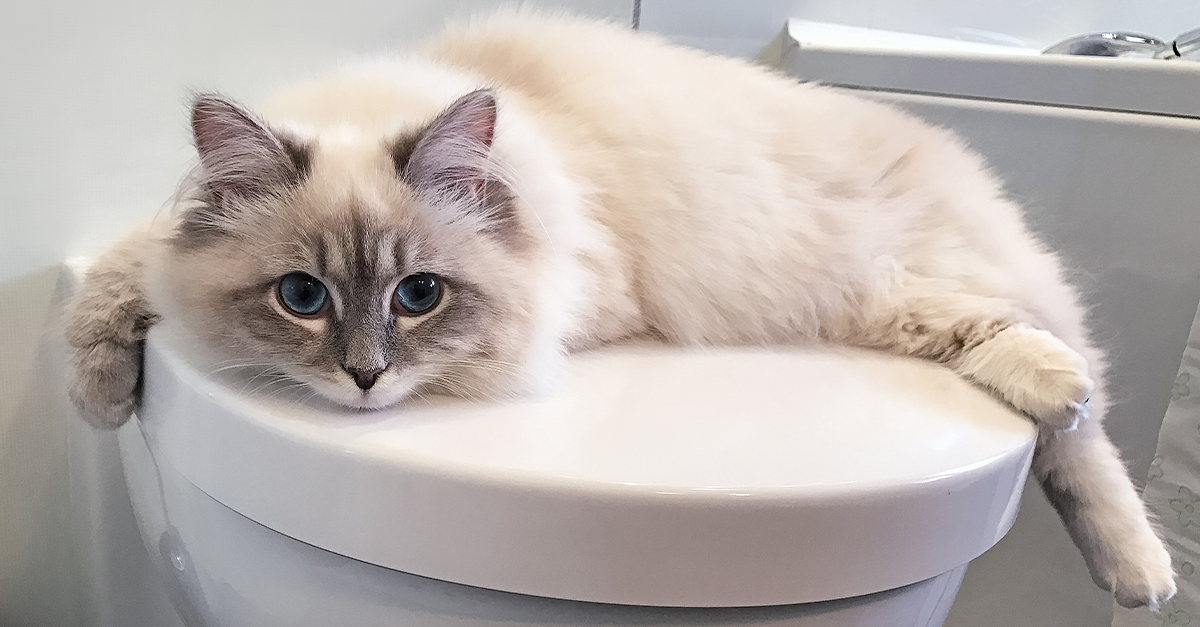Reasons Flushing Cat Poop Down Your Toilet Can Cause Problems - Tips for Safe Handling
Book-NowWere you on the lookout for advise around Don’t flush cat feces down the toilet?

Introduction
As pet cat owners, it's vital to be mindful of just how we throw away our feline pals' waste. While it may appear practical to purge pet cat poop down the commode, this practice can have damaging consequences for both the atmosphere and human health.
Ecological Impact
Purging pet cat poop introduces unsafe microorganisms and bloodsuckers into the water system, positioning a substantial danger to marine environments. These contaminants can negatively influence marine life and concession water quality.
Health and wellness Risks
Along with environmental issues, purging pet cat waste can additionally pose health dangers to human beings. Cat feces may consist of Toxoplasma gondii, a bloodsucker that can create toxoplasmosis-- a potentially serious health problem, specifically for expecting ladies and people with damaged immune systems.
Alternatives to Flushing
Thankfully, there are much safer and a lot more liable means to deal with feline poop. Take into consideration the following options:
1. Scoop and Dispose in Trash
The most usual technique of disposing of cat poop is to scoop it into a naturally degradable bag and throw it in the trash. Make sure to utilize a devoted litter scoop and get rid of the waste immediately.
2. Usage Biodegradable Litter
Select naturally degradable feline trash made from products such as corn or wheat. These trashes are environmentally friendly and can be securely taken care of in the garbage.
3. Hide in the Yard
If you have a lawn, think about burying cat waste in a designated area away from veggie yards and water resources. Make certain to dig deep sufficient to avoid contamination of groundwater.
4. Set Up a Pet Waste Disposal System
Invest in a pet waste disposal system especially made for pet cat waste. These systems utilize enzymes to break down the waste, decreasing odor and ecological impact.
Verdict
Liable family pet ownership extends past supplying food and shelter-- it also entails correct waste administration. By refraining from flushing pet cat poop down the bathroom and choosing alternative disposal approaches, we can lessen our environmental impact and secure human health and wellness.
Why Can’t I Flush Cat Poop?
It Spreads a Parasite
Cats are frequently infected with a parasite called toxoplasma gondii. The parasite causes an infection called toxoplasmosis. It is usually harmless to cats. The parasite only uses cat poop as a host for its eggs. Otherwise, the cat’s immune system usually keeps the infection at low enough levels to maintain its own health. But it does not stop the develop of eggs. These eggs are tiny and surprisingly tough. They may survive for a year before they begin to grow. But that’s the problem.
Our wastewater system is not designed to deal with toxoplasmosis eggs. Instead, most eggs will flush from your toilet into sewers and wastewater management plants. After the sewage is treated for many other harmful things in it, it is typically released into local rivers, lakes, or oceans. Here, the toxoplasmosis eggs can find new hosts, including starfish, crabs, otters, and many other wildlife. For many, this is a significant risk to their health. Toxoplasmosis can also end up infecting water sources that are important for agriculture, which means our deer, pigs, and sheep can get infected too.
Is There Risk to Humans?
There can be a risk to human life from flushing cat poop down the toilet. If you do so, the parasites from your cat’s poop can end up in shellfish, game animals, or livestock. If this meat is then served raw or undercooked, the people who eat it can get sick.
In fact, according to the CDC, 40 million people in the United States are infected with toxoplasma gondii. They get it from exposure to infected seafood, or from some kind of cat poop contamination, like drinking from a stream that is contaminated or touching anything that has come into contact with cat poop. That includes just cleaning a cat litter box.
Most people who get infected with these parasites will not develop any symptoms. However, for pregnant women or for those with compromised immune systems, the parasite can cause severe health problems.
How to Handle Cat Poop
The best way to handle cat poop is actually to clean the box more often. The eggs that the parasite sheds will not become active until one to five days after the cat poops. That means that if you clean daily, you’re much less likely to come into direct contact with infectious eggs.
That said, always dispose of cat poop in the garbage and not down the toilet. Wash your hands before and after you clean the litter box, and bring the bag of poop right outside to your garbage bins.
https://trenchlesssolutionsusa.com/why-cant-i-flush-cat-poop/

We were made aware of that write-up on How to Dispose of Cat Poop and Litter Without Plastic Bags from a friend on another site. For those who appreciated our blog posting if you please make sure you remember to share it. Thank you so much for taking the time to read it.
Visit The Following Page